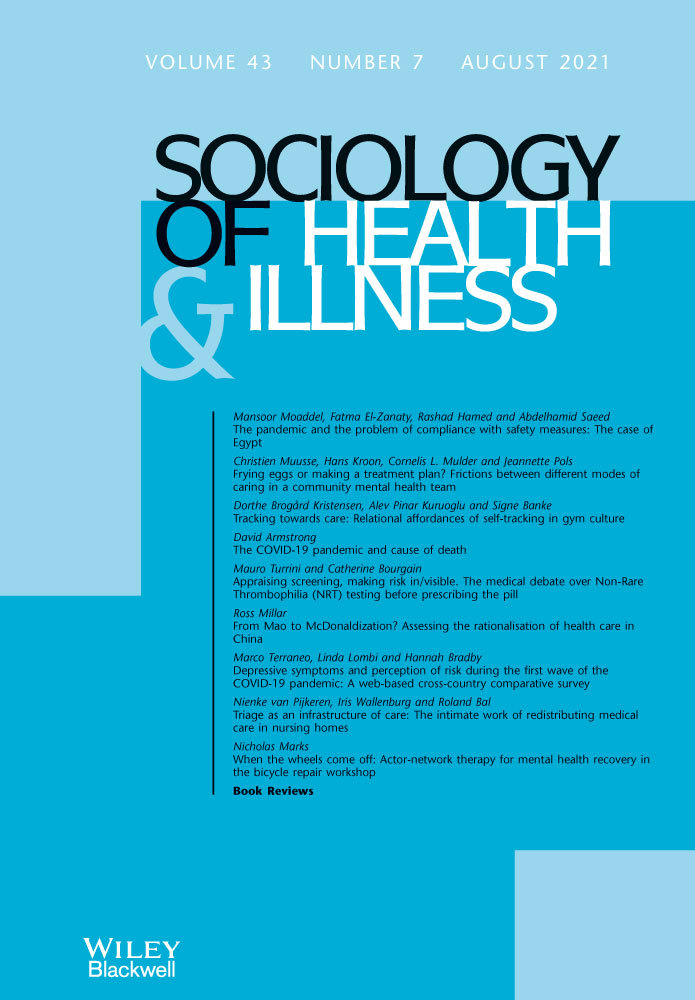Unintended Consequences of Electronic Medical Records An Emergency Room Ethnography Barbara Cook Overton Lexington Books Print ISBN 9781498567459, 1498567452, e-text ISBN 9781498567466, 1498567460 price
Unintended Consequences of Electronic Medical Records describes the implementation of Electronic Medical Records (EMR) in three emergency rooms in Louisiana, United States. Cook Overton immerses us in the world of Emergency Rooms, the relationships between their health-care workers, the difficulties of treating patients and their hard working conditions. Exploring the introduction of EMR and the “unintended consequences” generated by it, the author touches on everything from human relationships, to work conditions of health-care workers, patient safety and hospital organization. Cook Overton focuses on frontline workers, those who have to adapt to changes imposed by their managers and the unintended consequences of top-down initiatives.
She divides her work into nine chapters and four broad topics. Chapter 1 provides an ethnographic description of emergency room culture and the book’s research methodology. Chapters 2 and 3 describe the legislation regarding the introduction of EMR and the theoretical framework of the author's research. After setting the scene in the first three chapters, the book explores EMR training in chapter 4 and the ways in which workers' daily personal habits change in chapter 5. The incoherence produced by the introduction of EMR without taking into account the opinion and experience of frontline workers is examined brilliantly in chapter 6. Burnout of workers is described in chapter 7 through the relationships among staff. The divergence between what they have to do and the constraints imposed by the introduction of EMR takes a toll in health providers with some of them losing their jobs or moving out to a different position. Finally, in chapter 8, the unintended consequences are outlined and in chapter 9 the author reflects on the limitations of her research, including the fact that the author is married to a medical doctor who works in A&E in one of the hospitals where the research was conducted.
In general, this is a useful book for health-care providers to read. They may identify themselves with some of the opinions of the professionals interviewed, describing as they do the problems and relationships health care worker encounter with EMR in their daily work. The transformation of their workflow by EMR is analysed magnifically.
I do value highly qualitative studies and I think they are of utmost importance in medical research. However, some readers may find frustrating and repetitive the description of the qualitative methodology in both chapter 3 and chapter 8. It is also noticeable in places that the author is reflecting the opinion of her husband (she mentions several times she is married to an emergency doctor). This can detract from the experiences of the workers in her ethnography in places. In addition, the passages regarding the relationships between different health-care providers in emergency rooms are excessive, diverting attention from what may have been the objective of the book: how major changes should be introduced by taking into account the opinion of frontline providers. The author highlights the poor relationship between doctors and nurses instead of talking about the overall changes when introducing EMR mandatorily.
The final objective of the book is unclear. While the author brilliantly explores the major changes in relationships between health-care providers, their workflow and patient safety, her pessimistic approach in the final chapter is a potential drawback since EMR will inevitably be driving health care in the near future.
Having said that, the book offers, in general, a descriptive and more or less accurate point of view of what is happening in hospitals when innovations are introduced without taking workers' views into account.
Overall, it is a well written and structured text featuring useful examples and personal experiences. It describes real situations in a way any health-care provider will recognise.




